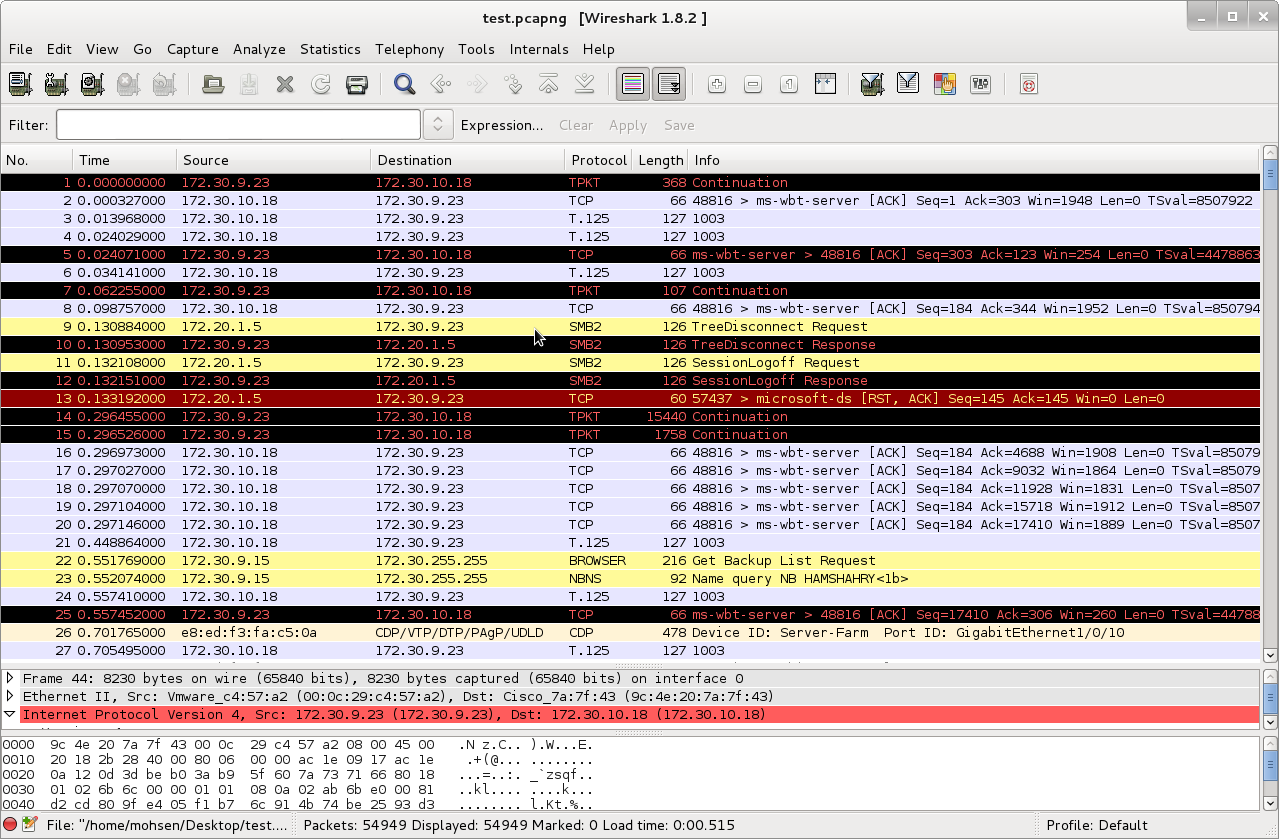

There is a lot that you can accomplish with Dumpcap, which you can read more extensively about here, but I’m only going to cover what most people reading this want to accomplish, and that is: Related: How to Install Wireshark on Windows 10 Continuously Capture Packets to Separate Files with Dumpcapĭumpcap is a command line tool for dumping network traffic to a file that is installed alongside Wireshark. I’ll also show you how to do this with Wireshark itself if you’re more comfortable with that and explain the pros and cons. The easiest way is to use a tool called Dumpcap which you’ll get when you install Wireshark. Plus, we can even have the capture overwrite the oldest files so the capture can continue indefinitely, much like a CCTV system would handle recorded video. Well you’re in luck! Not only is it possible, but it’s super easy! Need to know an easy way to capture packets for extended periods of time and save them as small.


 0 kommentar(er)
0 kommentar(er)
